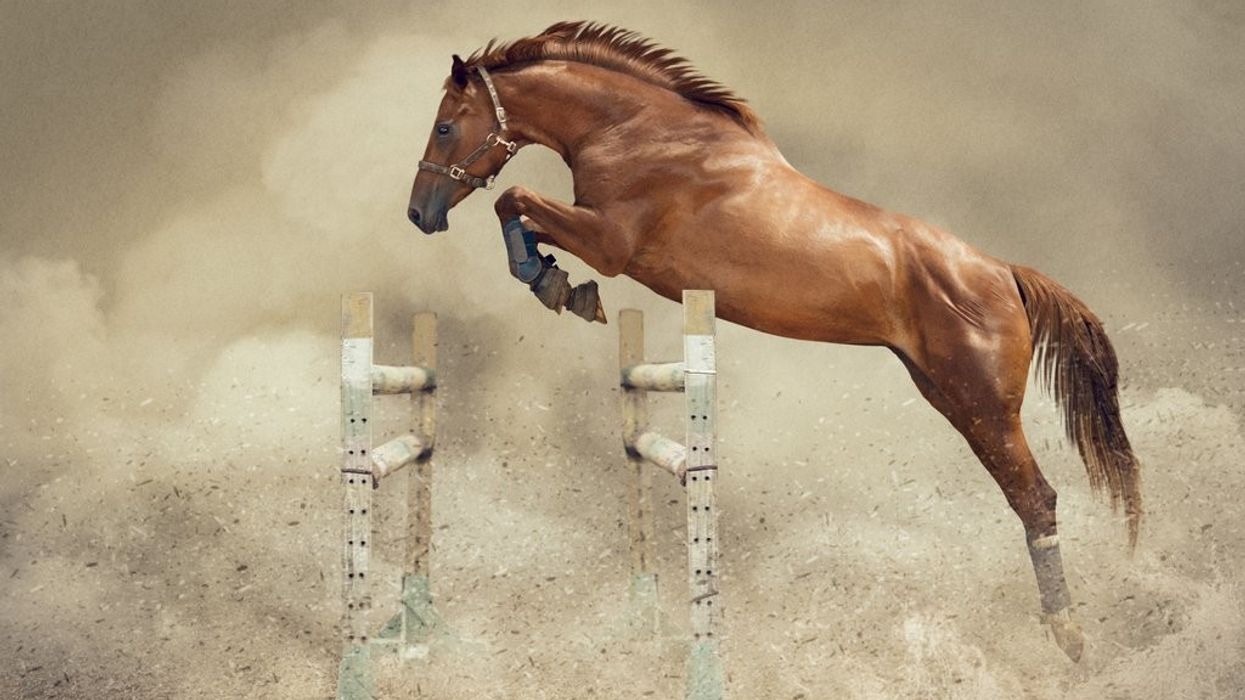How To Properly Use High Frame Rate Stock Footage
You've found the perfect slow motion stock footage to sweeten your edit. But, how do you properly use it in your timeline?
Stock footage is so good now that you can cut an entire film using only footage you've found on Shutterstock. With this kind of capability, using it in a narrative or documentary project can make a budget film feel like a million bucks.
But, with modern cameras come increased capabilities. The most significant of them is the ability to record high-frame rates in high resolutions, and this type of content can be found all over Shutterstock.
So, how would you implement this footage into your timeline? What workflow should you worry about?
Let's first discuss what high-frame rates can do and how they can affect your content.
High-Frame Rate, Slow-Motion Footage
For those unfamiliar with high-frame-rate (HFR) footage, one would think it would speed up your motion. But quite the contrary. When played back at the standard 24fps, HFR video turns into slow motion. This gives a dreamy quality to your footage, helps capture fast action, and reduces camera jitter if you're shooting handheld.
But not all frame rates are the same. Here's a great start to understand the differences:
Slow Motion Stock Footage | Shutterstock
In the video above, Lewis covers 48, 60, 120, and 180fps. While not all cameras can record in these frame rates, most have the capability, and other high-end cameras can even allow you to tune the frame rate to a specific number.
One thing to consider before understanding these numbers is your location in the world. In the US, the standard playback frame rate is 24fps (or 23.976 for broadcast). In other places, like the UK, this is set at 25fps. Here's a resource to give you a quick primer on why.
So, when we look at 48fps (or 50fps for our overseas cousins), we can start to understand how our footage will look when we're playing it back at 24fps (or 25fps). Essentially, we're doubling the duration of the footage and slowing down any movement.
For some creatives, this frame rate may not be available. Instead, you will find 60fps, which is only about 12 (or 10) frames more. While it won't create a huge difference when playing back at 24fps, this has become a staple for budget creatives needing slow-motion footage.
This is why 120fps is also important. It's double 60fps and gives you more slow motion, extending mere moments into seconds or minutes.
But this isn't the end. Modern cinema cameras (even affordable ones) can now record double that, at 240fps.
However, one thing to keep in mind is that the faster your frame rate is, the more light you will need. Here's a great article to start your slow-motion journey.
What we want to talk about is how to use this footage in your favorite editing software.
Slow Motion Stock Footage
Whether or not your camera can shoot frame rates as high as 120fps or 240fps, you can always expand your project with stock footage. It's an affordable way to elevate your project and have your film stand out.
Here are three things to consider when implementing your HFR stock footage into your NLE timeline.
- Playback Frame Rate
- Footage Duration
- Retiming
How To Get Good Slow Motion Results in Post | PremiumBeat.com
Instagram and TikTok, for example, playback its content between 30 and 60 frames per second. This is important because if you choose stock footage shot at 60fps, and your playback frame rate is also 60fps, you won't get the slow motion you're after. But, if you want regular timing, then this would be a great choice.
Secondly, think about your footage duration. A five-second video clip will be 10 seconds when played back on a 30fps timeline, but a little fast on a 24fps timeline. If you're delivering in 60fps and want slow motion, you'll have to find stock footage that is 120fps, or even higher, to achieve proper slow motion.
Finally, if you've found some authentic and fresh stock footage from Shutterstock that you just have to use, but it's in a frame rate that doesn't meet your needs, consider retiming it.
This process allows you to stretch or condense the footage to meet your duration or motion needs. However, one thing to consider is that the more you retime the footage, the more you'll notice the frame rate.
For example, the more you stretch the footage for more slow motion, the more the movement won't be as smooth.
And, it won't matter if you're using DaVinci Resolve or Adobe Premiere Pro. While the workflow might be a little different, the fundamental tools will remain the same.
However you plan to use your high-frame stock footage, it can really elevate your work and save your budget. So, don't avoid places like Shutterstock, or you'll miss some amazing storytelling opportunities.
- Are Your Outtakes a Hidden Gold Mine? Here's What's in Demand in Stock Footage ›
- A Mesmerizing Music Video, Shot in a Single Take at 1000FPS ›
- 5 Things You Should and Shouldn't Do When Shooting Slow Motion ›












